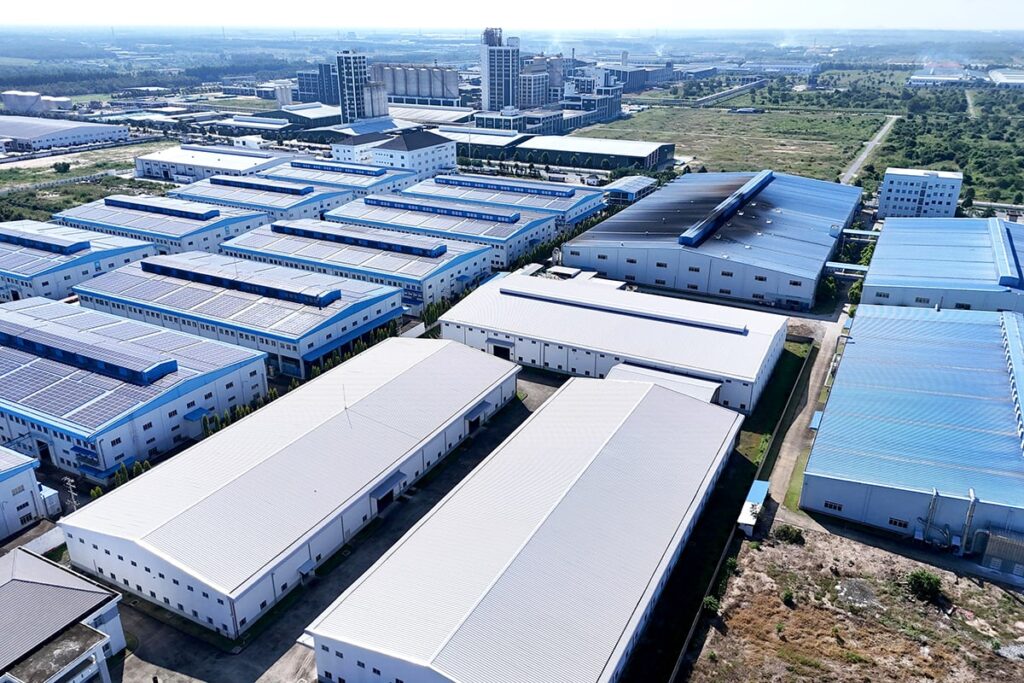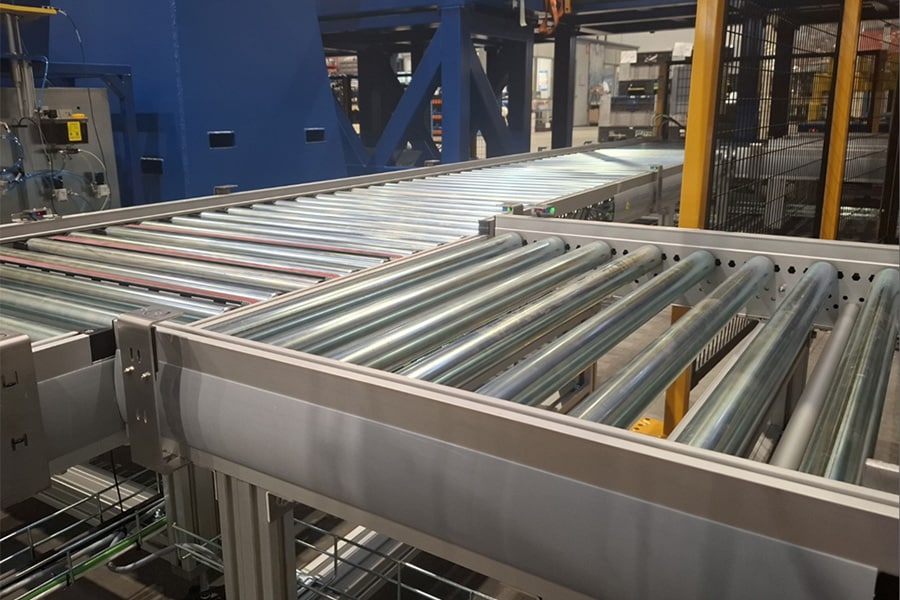
Logistics real estate must reinvent itself
With the sputtering economy, lack of skilled personnel and climate goals, the logistics sector faces many challenges. Although after a downturn in 2023, demand for logistics real estate is stagnating, the scarcity in terms of available space is being felt by all companies. So time to look at logistics real estate differently. Sustainability and well-being form the basis of future logistics.
The logistics industry has been under pressure for several years. The corona hype was followed by a deep valley due to the stagnating economy, higher financial burdens and changing purchasing behavior. At the same time, the need for a more sustainable approach is increasing and ESG goals are becoming increasingly important for distribution center tenants.
Strategic locations
Strategically located distribution centers remain a must, both on busy traffic axes and on the urban fringes. A contradiction? Not really. With the rise of e-commerce, companies are looking for ways to manage the last mile as efficiently as possible. Compact warehouses close to major cities are part of the solution. "They allow deliveries to be bundled and contribute to emission-free transport to city centers," confirms Johan Beukema, managing partner at Buck Consultants International. "We expect urban distribution to increase further in the future."
So what about those congested busy thoroughfares? One alternative to make better use of limited logistics space is to invest in high-rise warehouses. "Although this is already being looked at more actively, multi-storey built distribution centers are still in their infancy. High-rise warehouses are used today mainly in very specific cases. They require a completely different approach, where automation is necessary. That is not for everyone," says Johan.

Is automation the future?
Besides lack of space, lack of personnel is playing tricks on the logistics sector. So is automation the way forward? "This approach requires the necessary funding and expertise. Smaller SMEs often have neither the budget nor the human resources to manage automation projects," says Julie Stuer, project leader at VIL, the innovation platform for the logistics sector in Flanders. "For them, it is a search for an optimal balance between cost and efficiency."
Johan agrees: "Companies will move more quickly to outsourcing because logistics players have a larger scale and can invest more. Yet even for them automation is no easy task. A logistics partner often groups several customers in one warehouse or hall. Those customers each have their own logistics profile, which is usually a barrier to automation. For large companies with their own logistics real estate, however, it is more often a viable option, think of large e-commerce operations."
Another way to deal with staff shortages is to decentralize distribution centers. In this way, companies combine a central hub with smaller, local satellite locations. It allows them to guarantee service levels, hedge risks around inventory and tap into a different labor market. In turn, such decentralized structures require IT support for smooth inventory and distribution management.
Sustainability requires attention
In addition to the above challenges, climate goals are an additional focus within the logistics sector. Both in terms of transport and logistics real estate. New buildings must meet various conditions, including circular and sustainable construction, energy-neutral operations and sufficient attention to water consumption. Johan: "The sector has taken big steps forward and a lot of companies are willing to go beyond what the regulations impose. For example, we see developers entering into discussions with end users to identify needs and look for solutions together."
Fostering that collaboration is also what Julie is trying to achieve. "To make a real change in terms of sustainability, synergies between companies are necessary. Sustainable logistics is not limited to the buildings themselves. Thought must be given to optimizing traffic flows, collecting and reusing rainwater, limiting drainage... Finally, attention must be paid to well-being at work. The sector suffers from a negative image. Creating pleasant working environments is therefore equally part of the vision for the future."



